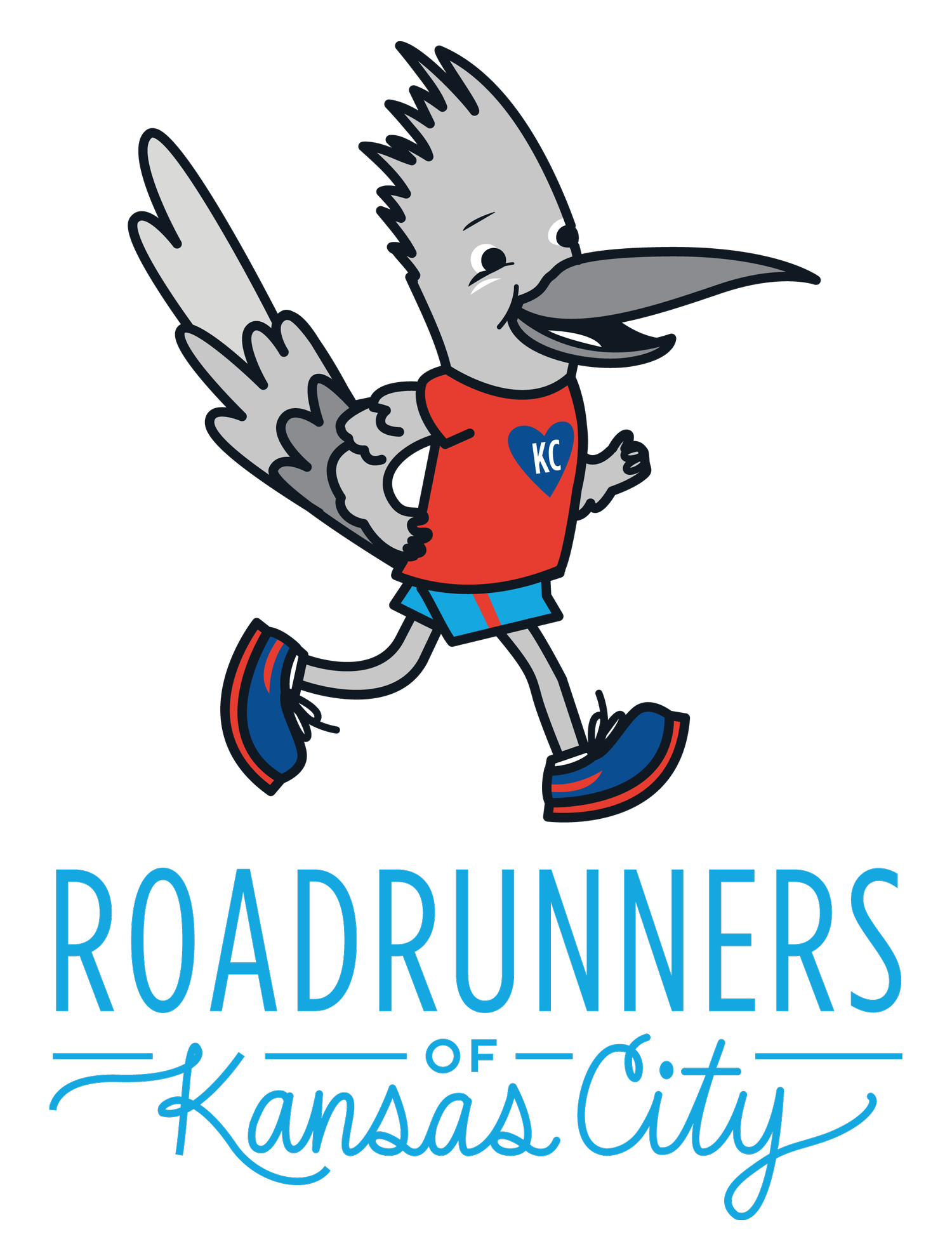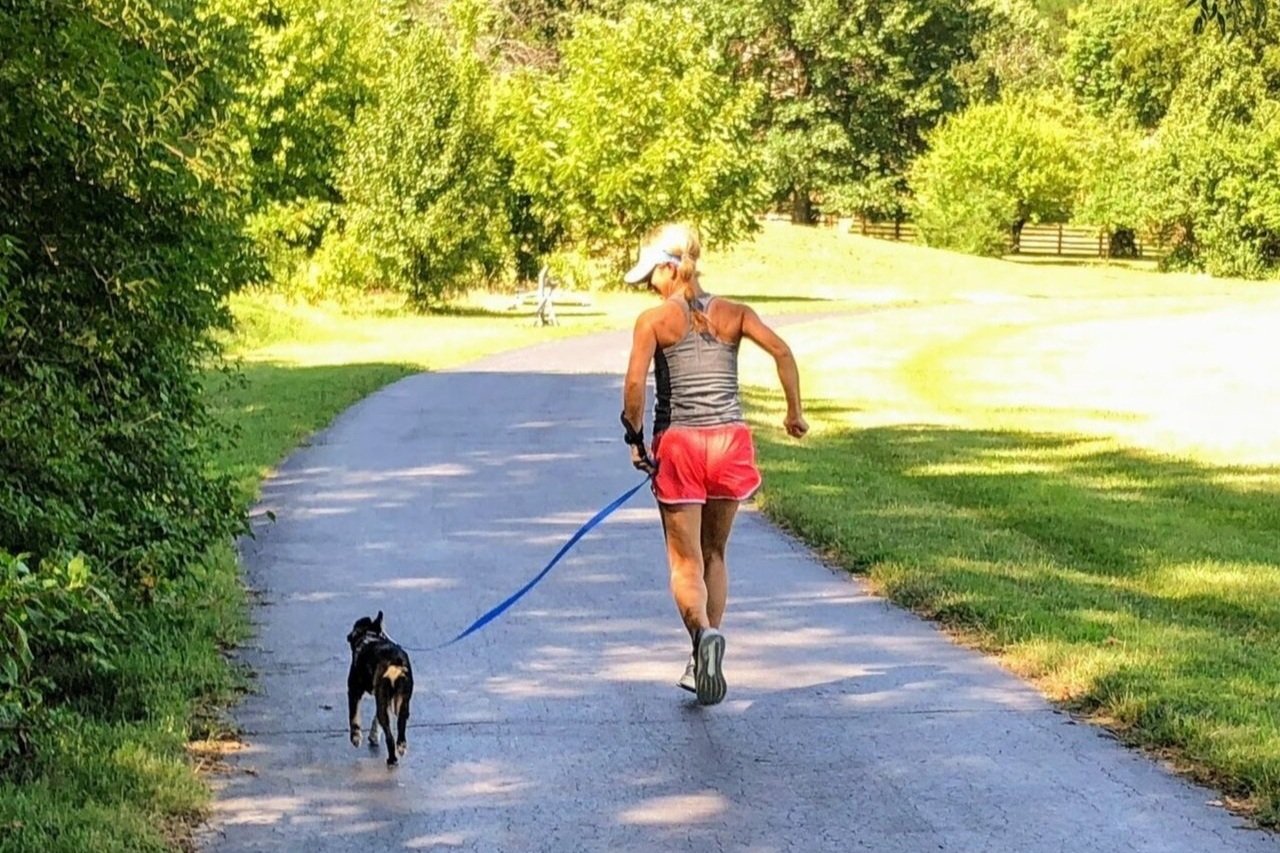Did you know it takes four to eight weeks to adapt to running in heat?
/Adaptations include better heat transport through the circulatory system, sweating at lower temperatures, a doubling in activated sweat glands and a lower percentage of electrolyte loss in sweat.
Despite these adaptations, running in the heat can be a challenge and sometimes dangerous if you don't take necessary precautions. What can you do to play it safe and still get in your mileage?
- Slow down
- Drink plenty of fluids and electrolytes.
- If you sweat heavily, consider salt tabs
- Choose routes in the shade.
- Take walk breaks.
- Run during cooler hours of the day.
- Wear proper clothing - light colors, tanks, dry wicking materials, visors.
- Heed heat advisories.
Signs of heat illness include:
- Dizziness
- Cramping
- Clammy and red skin
- No sweating and red skin (dangerous)
- Goosebumps - feeling chilly in the heat
If you experience any of these signs, it's time to get off the course and live to run another day!


